- 路 Microwave
- 路 Atmospheric Pressure Microwave 路 Pressure Microwave 路 Parallel Microwave
- 路 Ultrasonic 路Low Temperature Ultrasound
- 路 Ultraviolet Light
- 路 Microwave Heating 路 Atmospheric Pressure Synthesis 路 Atmospheric Pressure Catalysis 路 Atmospheric Pressure Extraction
- 路 Sample Preparation 路 Microwave Digestion
- 路 Soil Digestion 路 High Pressure Synthesis
- 路 Solid Phase Synthesis
- 路 Organic Synthesis
- 路 Ionic Liquid Synthesis
- 路 Degradation Of Natural Organic Matter
- 路 Natural Product Extraction / Purification
河北祥鹄科学仪器有限公司
12 Great-enhanced performance of Pt nanoparticles by the unique carbon quantum dot/reduced graphene oxide hybrid supports towards methanol electrochemical oxidation
This paper, written by researchers from Chinese Academy of Sciences and others, discusses Great-enhanced performance of Pt nanoparticles by the unique carbon quantum dot/reduced graphene oxide hybrid supports towards methanol electrochemical oxidation. The paper is published in an important journal < Journal of Power Sources >. IF:6.945
In recent years, the research work of microwave chemical instrument used in the synthesis of materials has become a hot direction of scientific research, which has been paid great attention to by many scholars!
The Pt-carbon quantum dot (CQD)/reduced graphene oxide (RGO) catalysts are prepared by one pot reduction method and demonstrate ultraefficient performance towards methanol oxidation reaction (MOR). In the high content CQD products, Pt nanoparticles around 2e3 nm are dispersed uniformly on supporting materials. And the X-ray photoelectron spectroscopy analysis indicates that in the high content CQD products a large part of surface oxygen groups is contributed by CQD. The electrochemical tests reveal that the catalyst with the saturated CQD exhibits best performance in MOR: the mass and specific activity at forward peak position, the potential close to fuel cell operation and 3600 s of chronoamperometric curve are roughly 2e3 folds of the commercial Pt/C. Furthermore, the electrochemical data on the series of catalysts with different quantity of CQD disclose the improving tendency of MOR performance with the increasing content of CQD evidently. Overview the electrochemical and characterization results, we suggest CQD play multiple roles in the enhancement of Pt performance: present abundant nucleating and anchoring points to facilitate the formation of small size and uniform distributed Pt particles; act as spacer to alleviate restacking of RGO sheets; and provide fruitful surface oxygen groups to improve the antipoisonous ability of Pt.
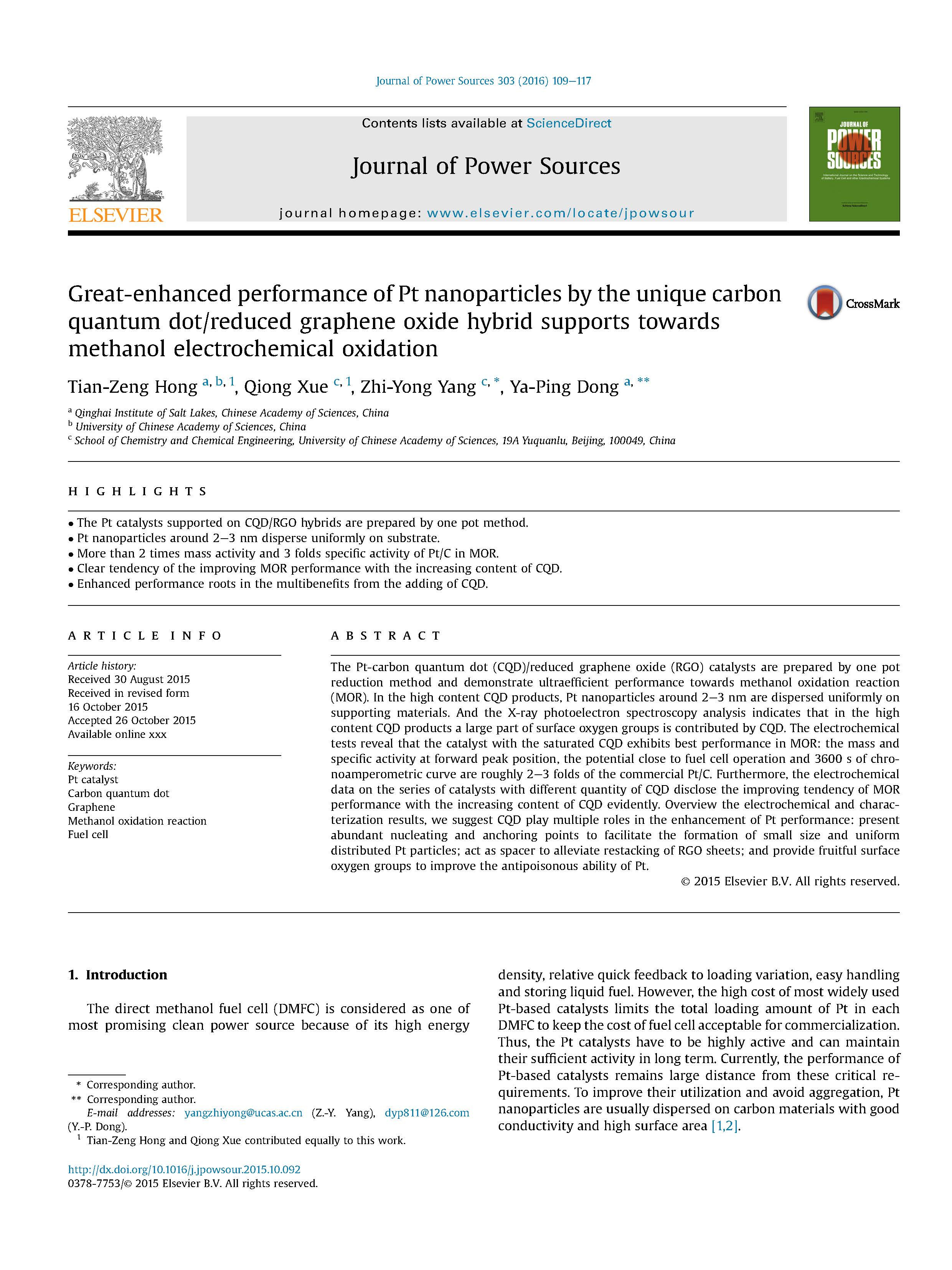
Fig.1/4↑
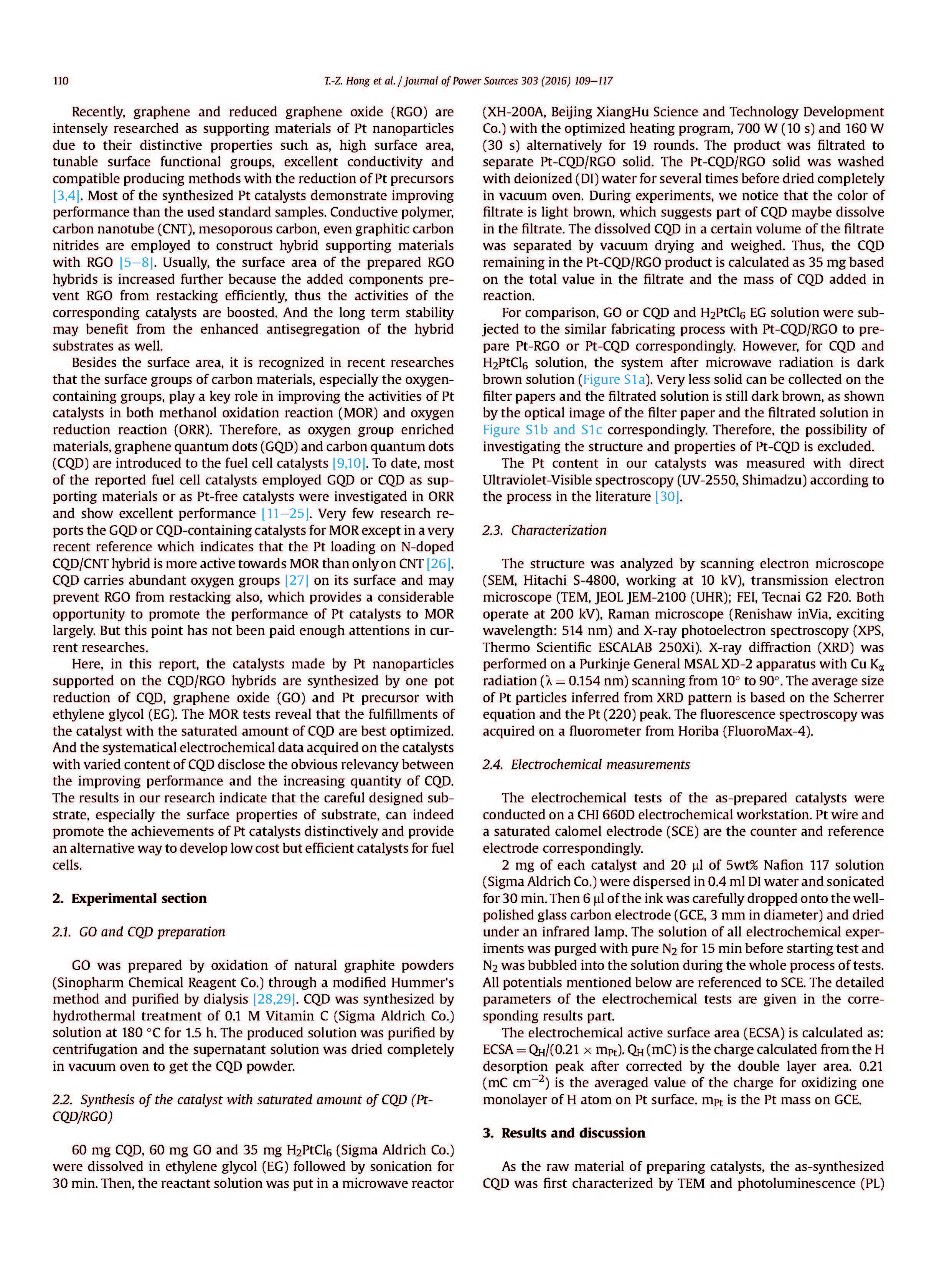
Fig.2/4↑

Fig.3/4↑
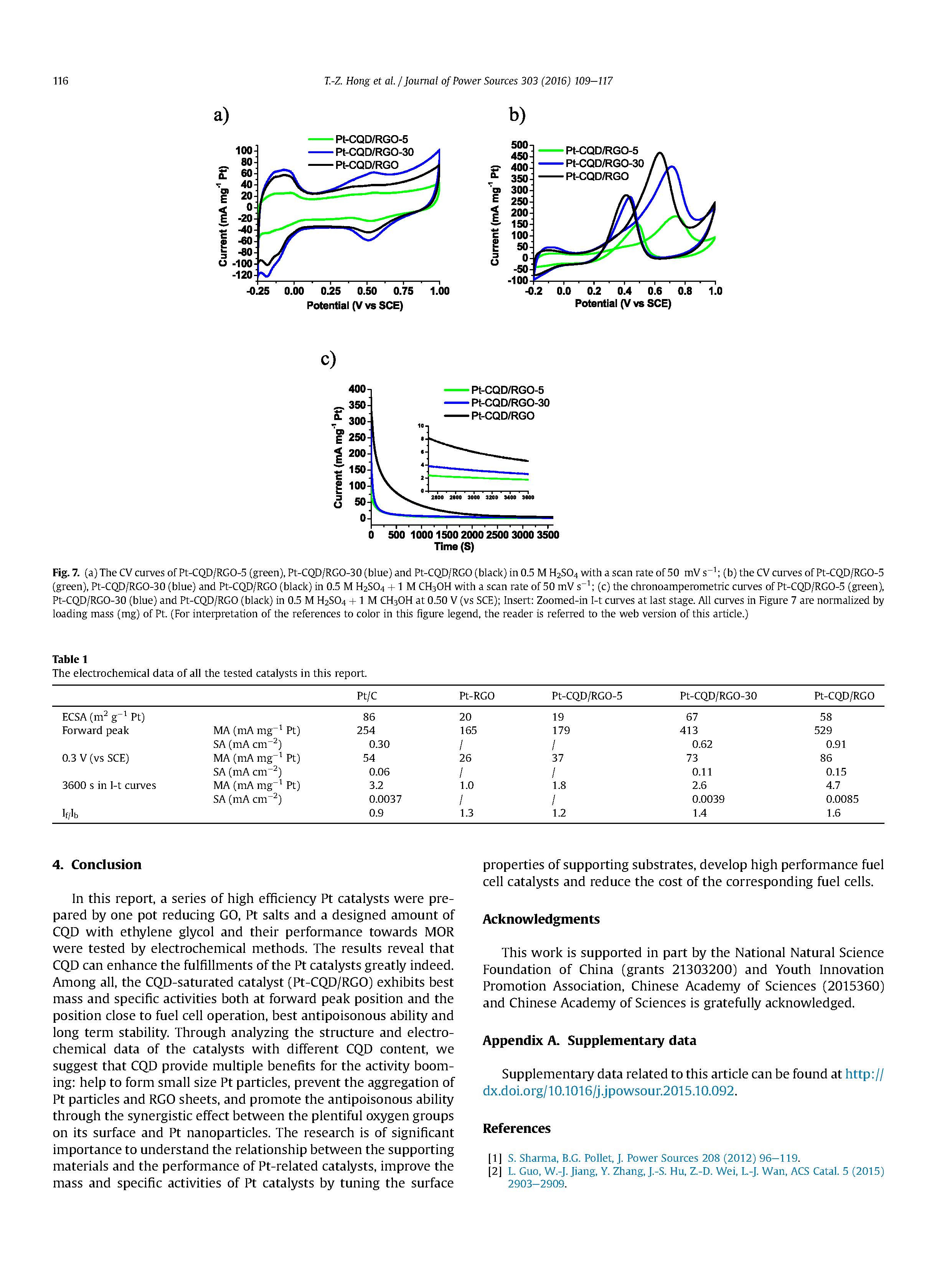
Fig.4/4↑
In this report, a series of high efficiency Pt catalysts were prepared by one pot reducing GO, Pt salts and a designed amount of CQD with ethylene glycol and their performance towards MOR were tested by electrochemical methods. The results reveal that CQD can enhance the fulfillments of the Pt catalysts greatly indeed. Among all, the CQD-saturated catalyst (Pt-CQD/RGO) exhibits best mass and specific activities both at forward peak position and the position close to fuel cell operation, best antipoisonous ability and long term stability. Through analyzing the structure and electrochemical data of the catalysts with different CQD content, we suggest that CQD provide multiple benefits for the activity booming: help to form small size Pt particles, prevent the aggregation of Pt particles and RGO sheets, and promote the antipoisonous ability through the synergistic effect between the plentiful oxygen groups on its surface and Pt nanoparticles. The research is of significant importance to understand the relationship between the supporting materials and the performance of Pt-related catalysts, improve the mass and specific activities of Pt catalysts by tuning the surface properties of supporting substrates, develop high performance fuel cell catalysts and reduce the cost of the corresponding fuel cells.
60 mg CQD, 60 mg GO and 35 mg H2PtCl6 (Sigma Aldrich Co.) were dissolved in ethylene glycol (EG) followed by sonication for 30 min. Then, the reactant solution was put in a microwave reactor (XH-200A, Beijing XiangHu Science and Technology Development Co.) with the optimized heating program, 700 W (10 s) and 160 W (30 s) alternatively for 19 rounds. The product was filtrated to separate Pt-CQD/RGO solid. The Pt-CQD/RGO solid was washed with deionized (DI) water for several times before dried completely in vacuum oven. During experiments, we notice that the color of filtrate is light brown, which suggests part of CQD maybe dissolve in the filtrate. The dissolved CQD in a certain volume of the filtrate was separated by vacuum drying and weighed. Thus, the CQD remaining in the Pt-CQD/RGO product is calculated as 35 mg based on the total value in the filtrate and the mass of CQD added in reaction.








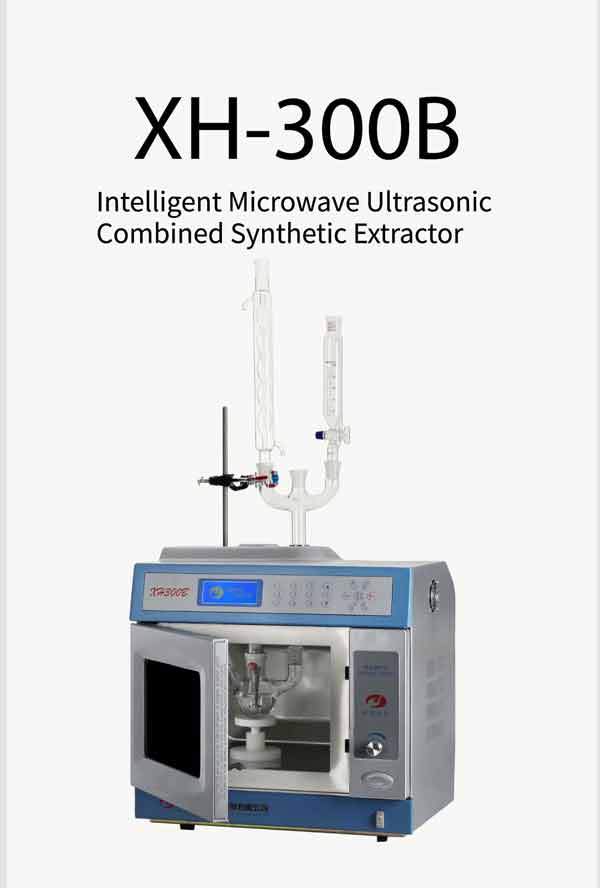

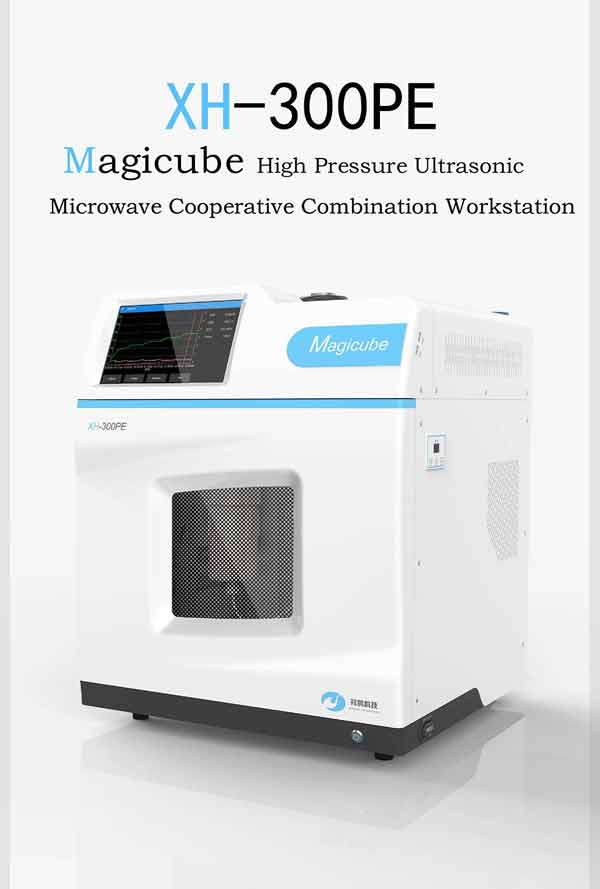
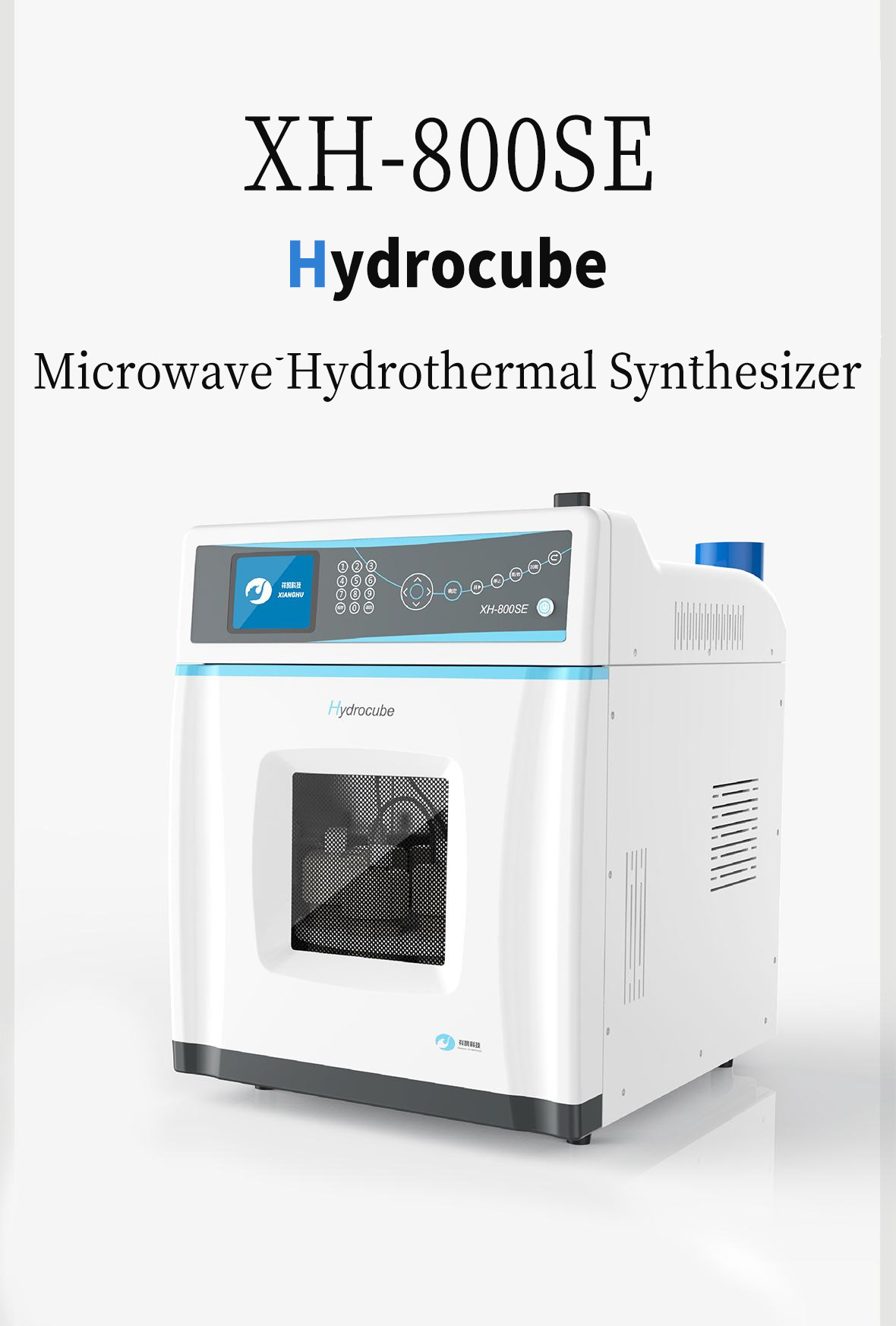
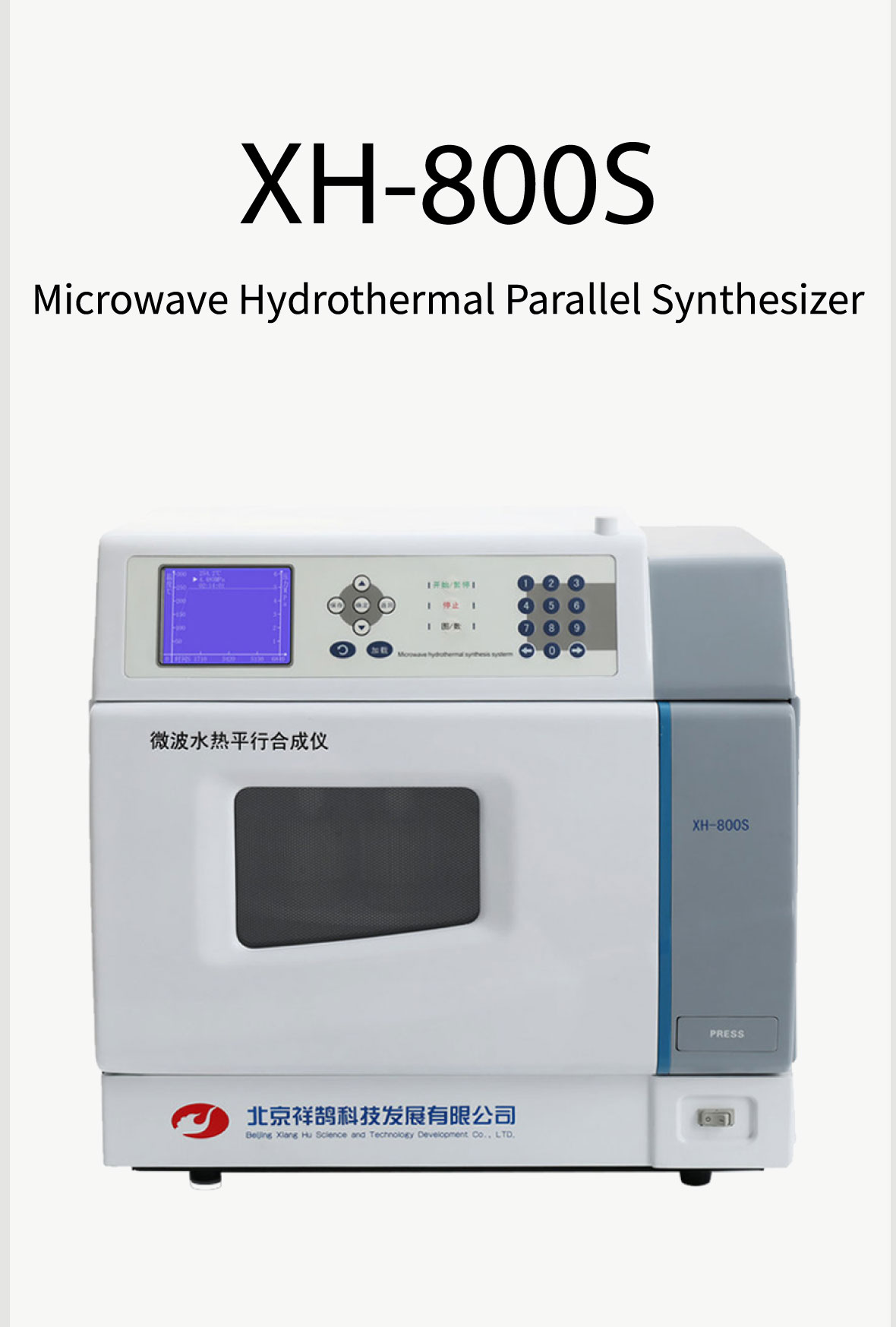
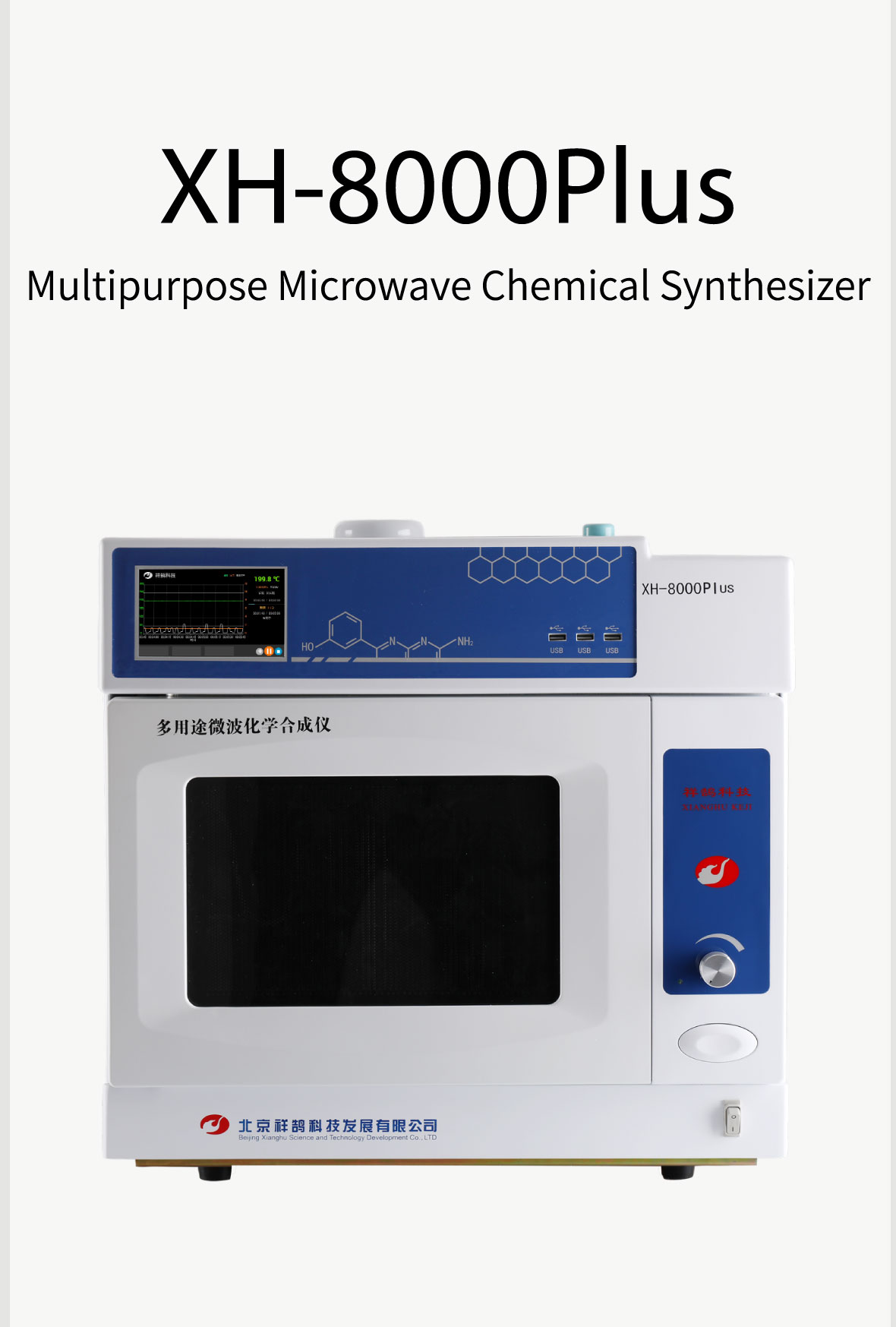
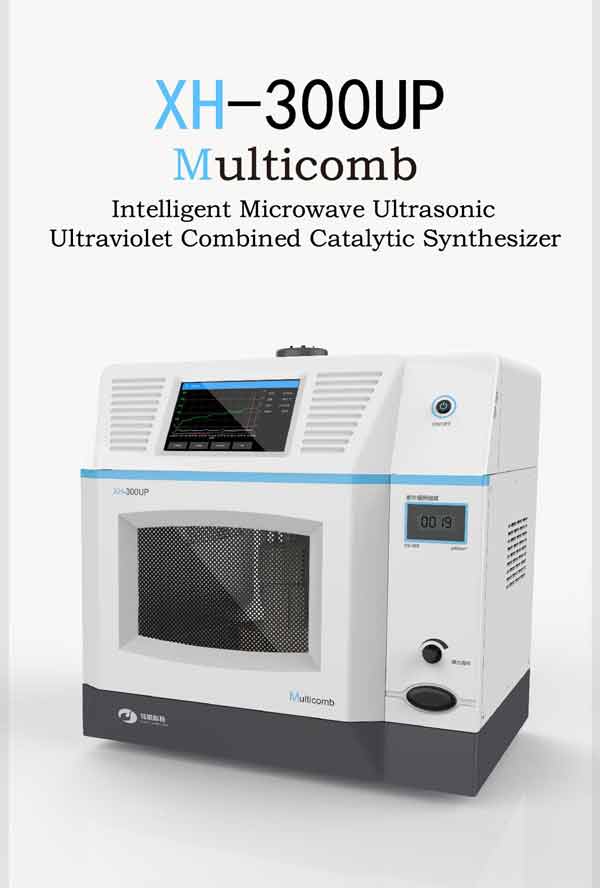
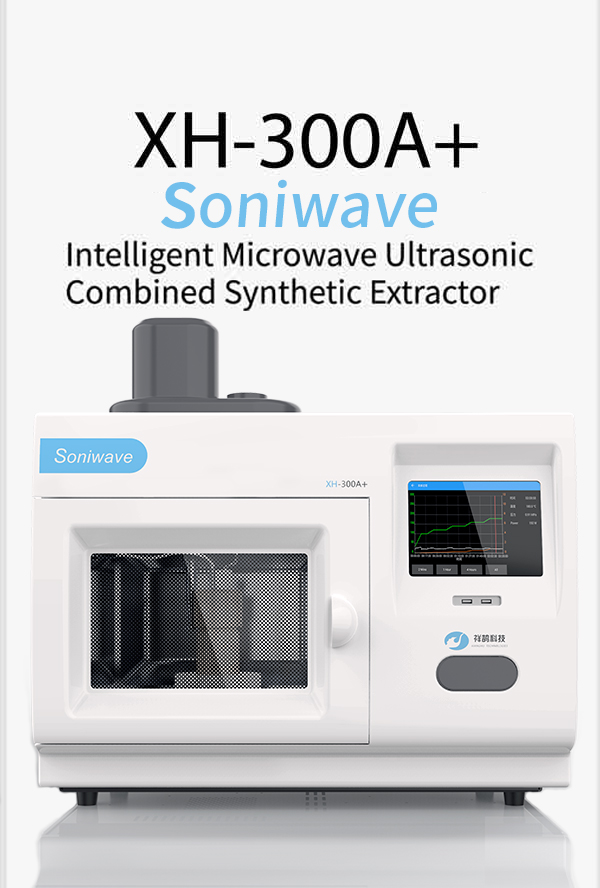

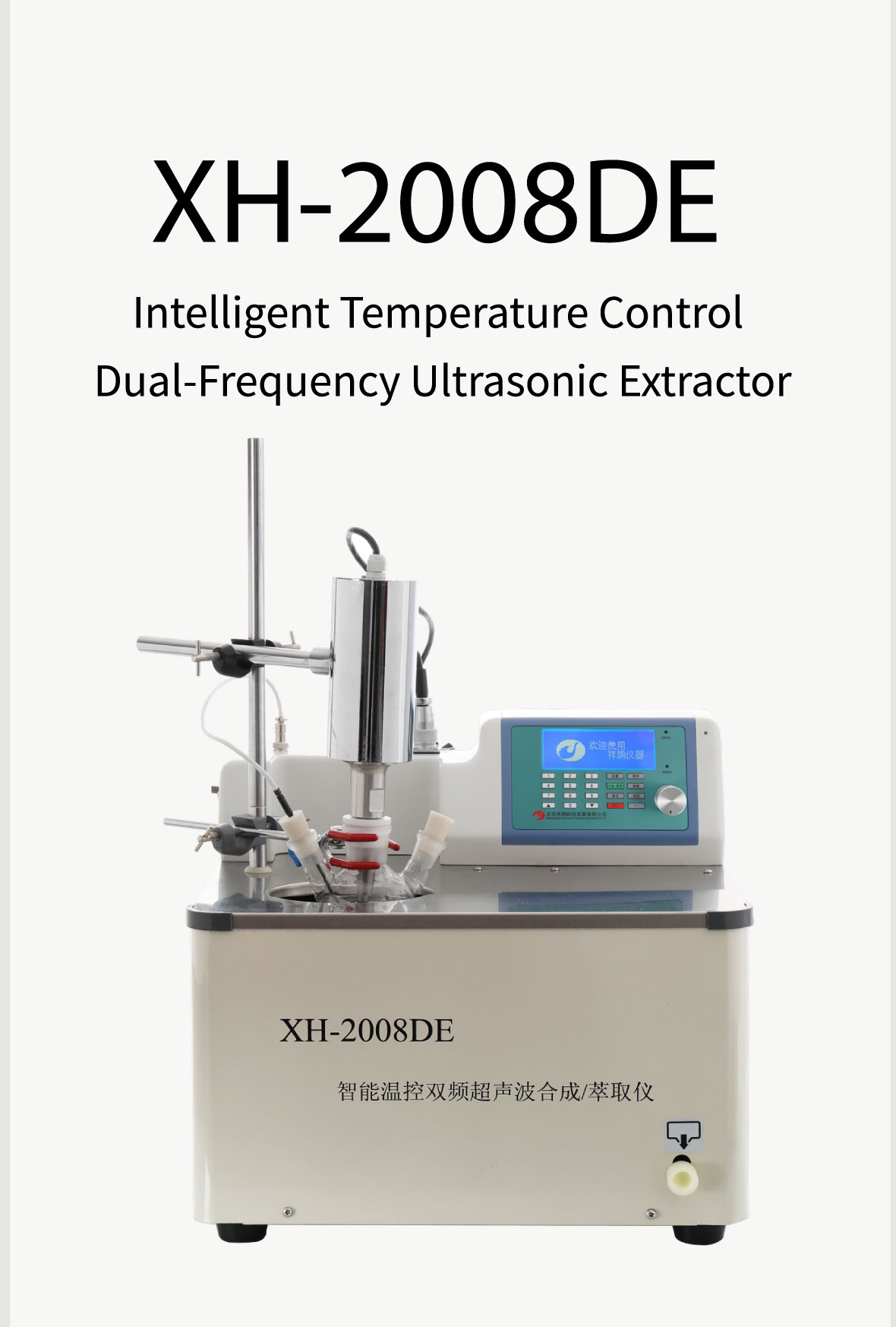



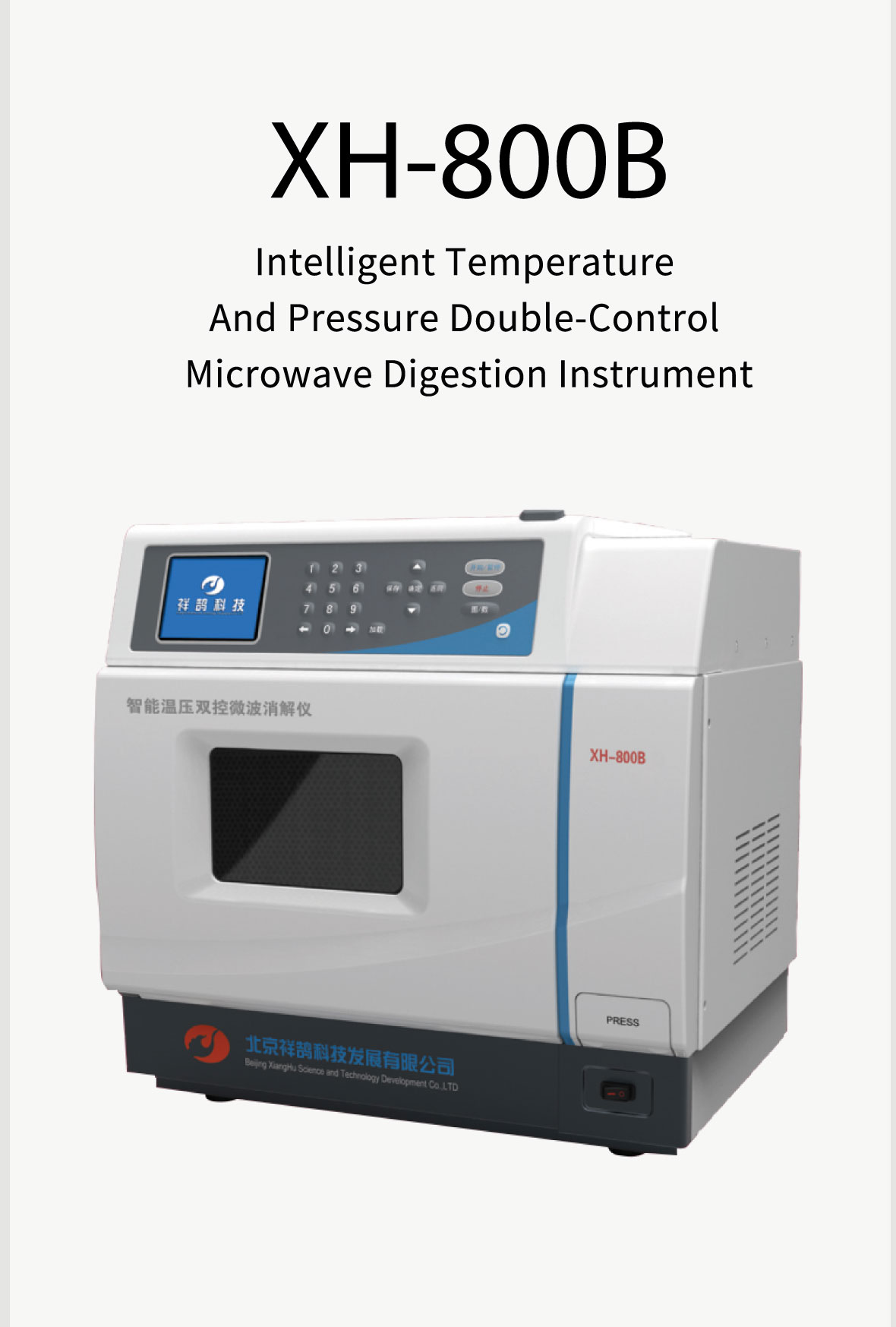

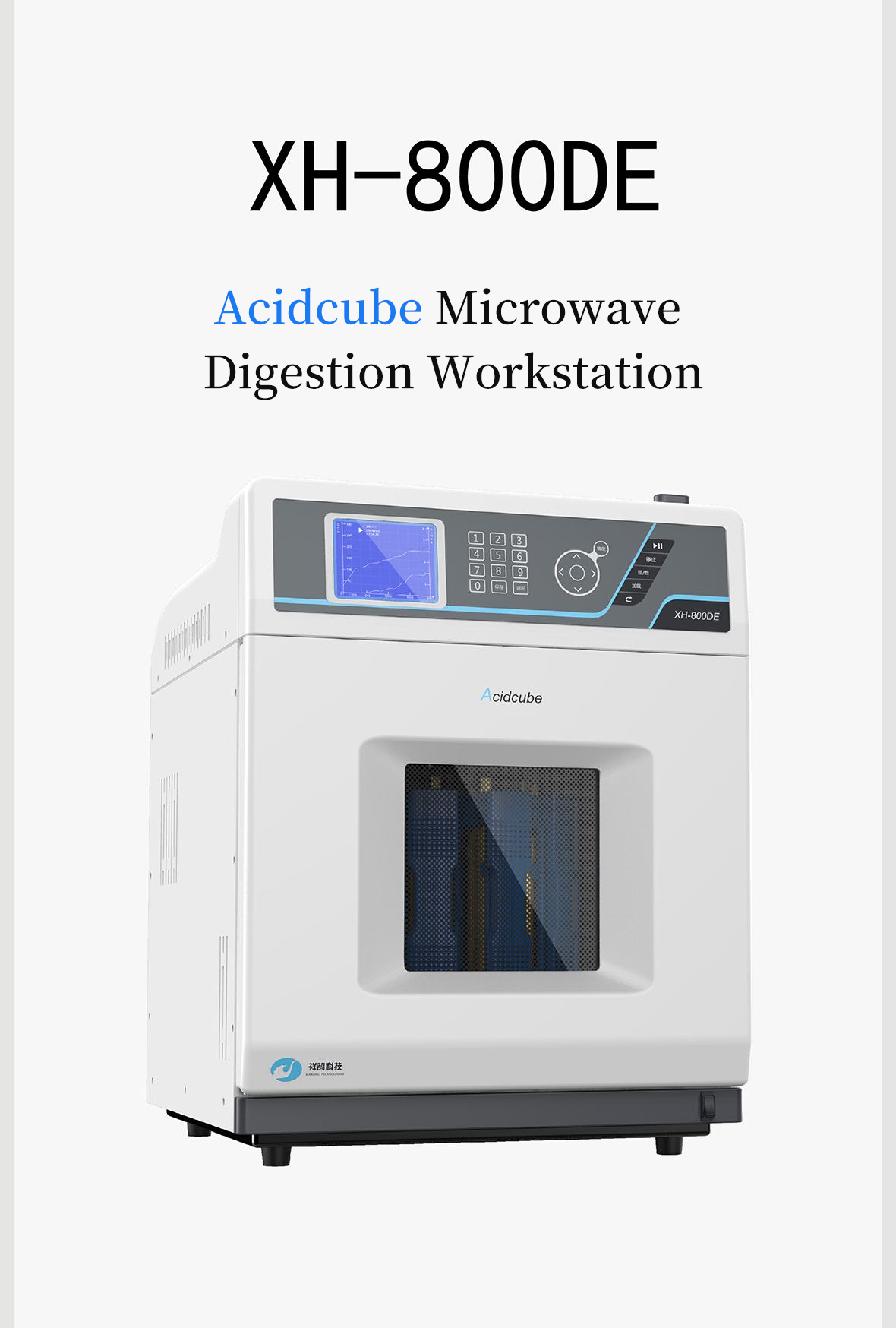

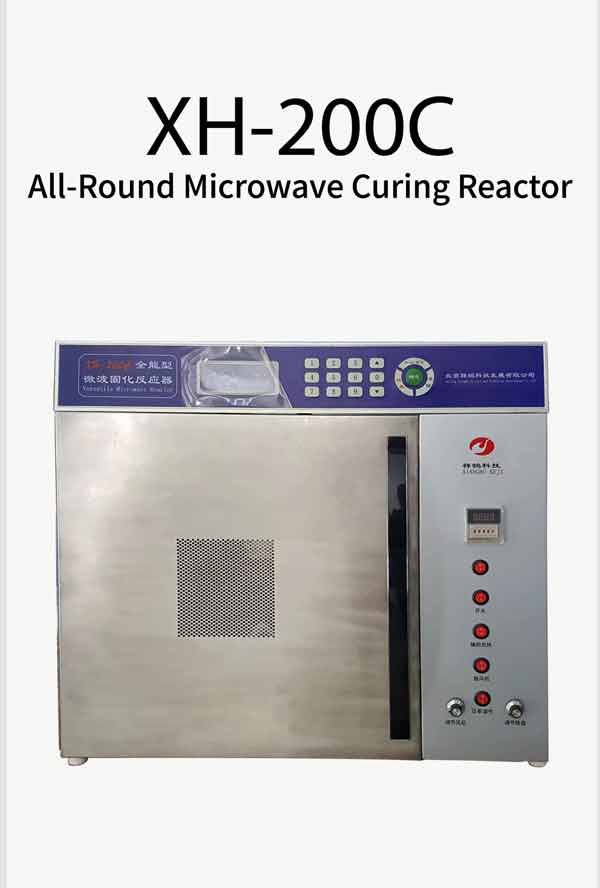
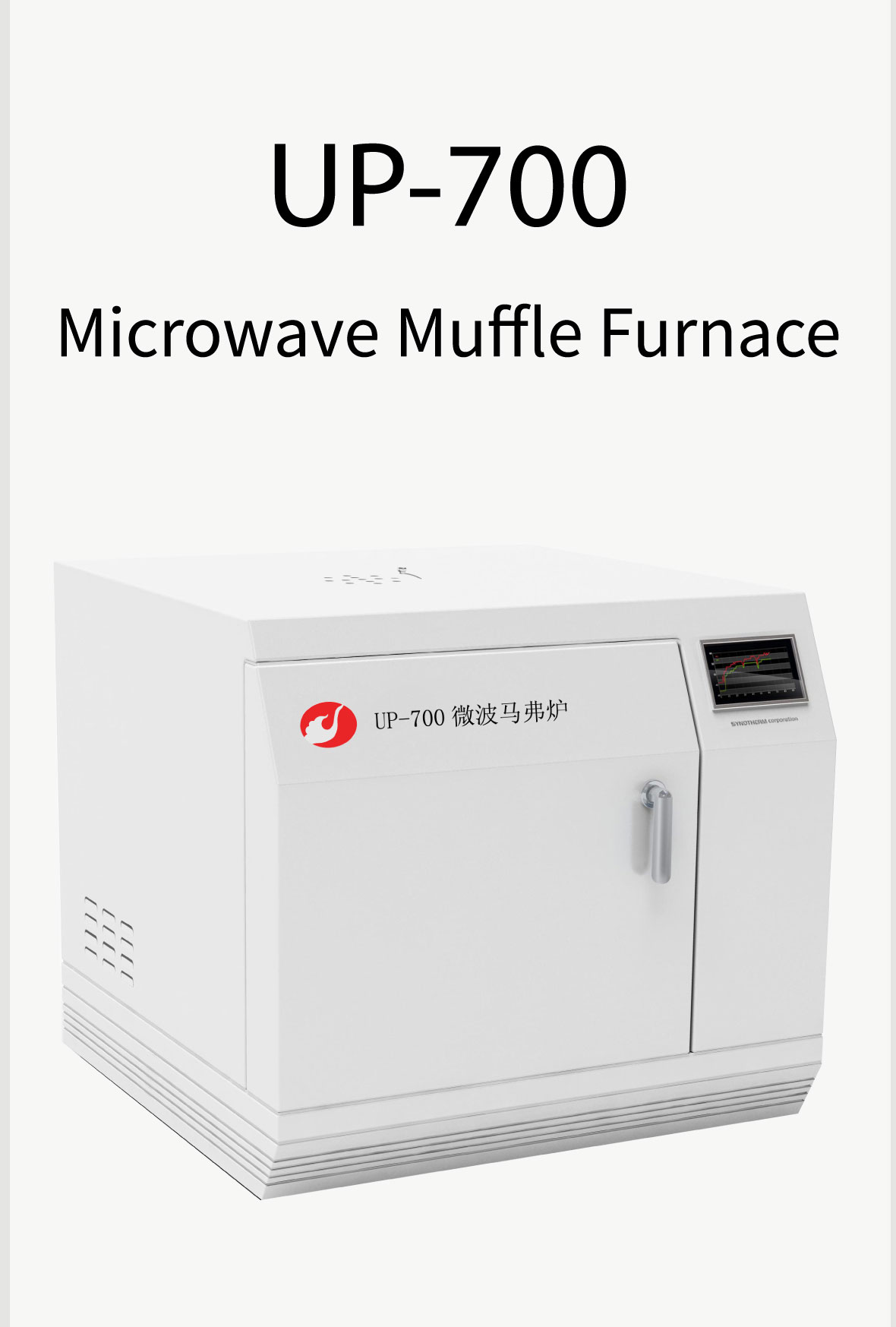

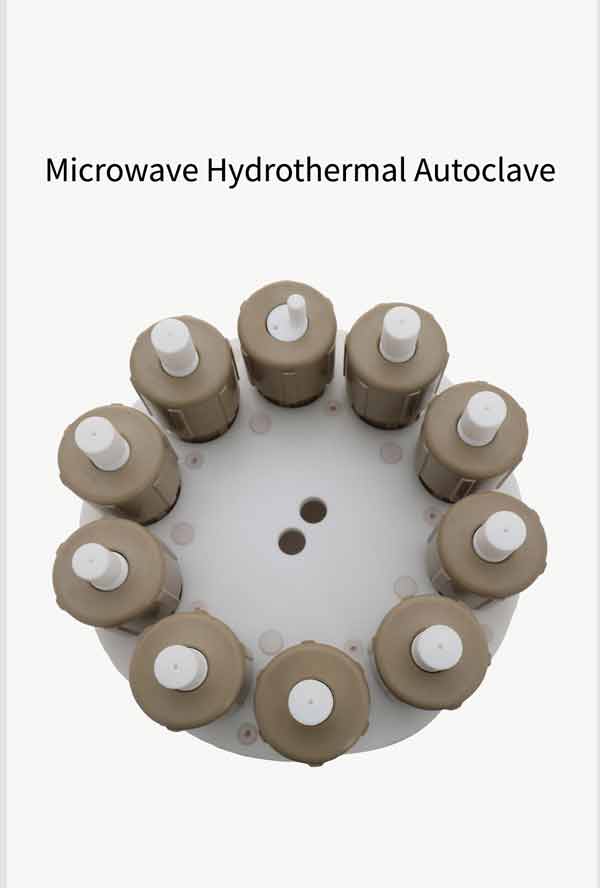

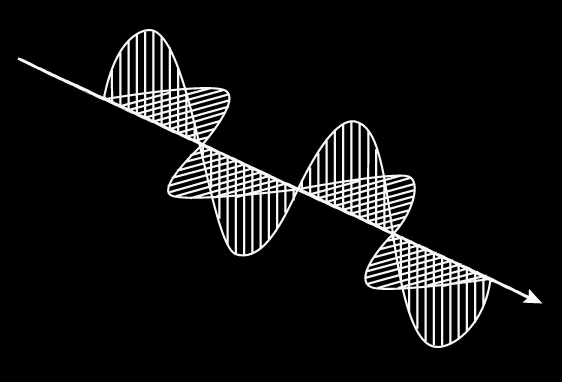


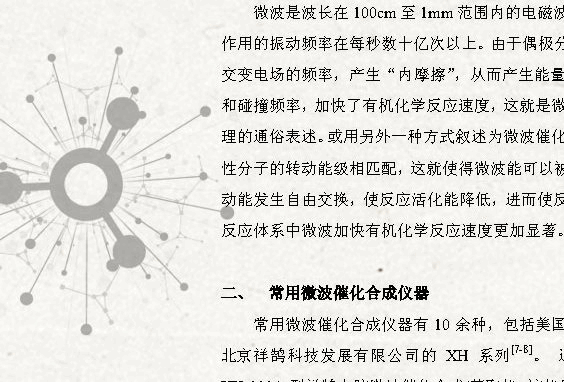

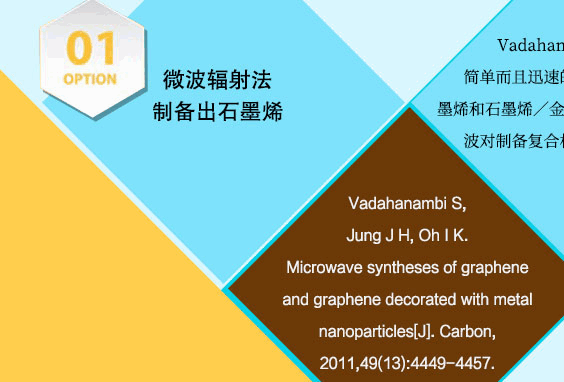
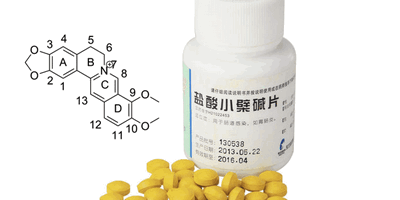


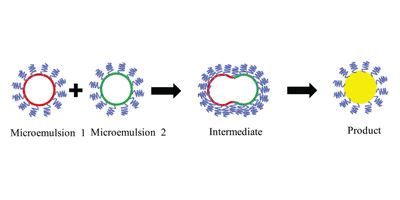
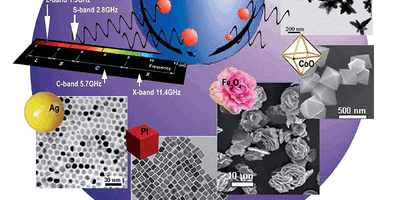
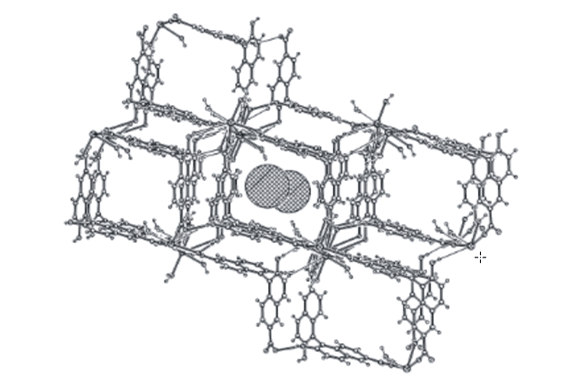
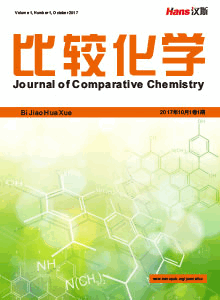
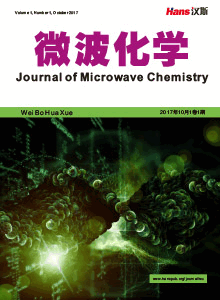
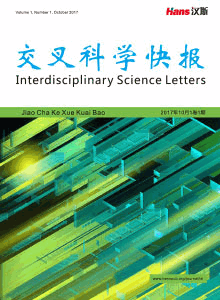




 京ICP备15050585号
京ICP备15050585号

